The hard-working team at ServiceIQ has a big job to do upskilling employees in the aviation, hospitality, retail, travel, tourism and museums service sectors of New Zealand. To add to their hefty responsibilities, they also engage with schools to promote the value of service jobs.
Vicky Walker (team leader of the Resource Design team), Gary Bowering (Marketing Manager), and Clinton Ruddle (UX/UI Designer) spend their days making sure ServiceIQ’s front-line staff have everything they need to do their jobs — and achieve the company’s mission to build a world-class New Zealand service industry through skilled and qualified people.
As an ITO (industry training organization), ServiceIQ facilitates on-the-job training for employees in the service sector. Selling these programs is less about money (the programs are paid for by the New Zealand government), and more about making employers and employees aware of and excited about the opportunities. An important part of their work, however, is also encouraging children to consider service jobs when they enter the workforce.
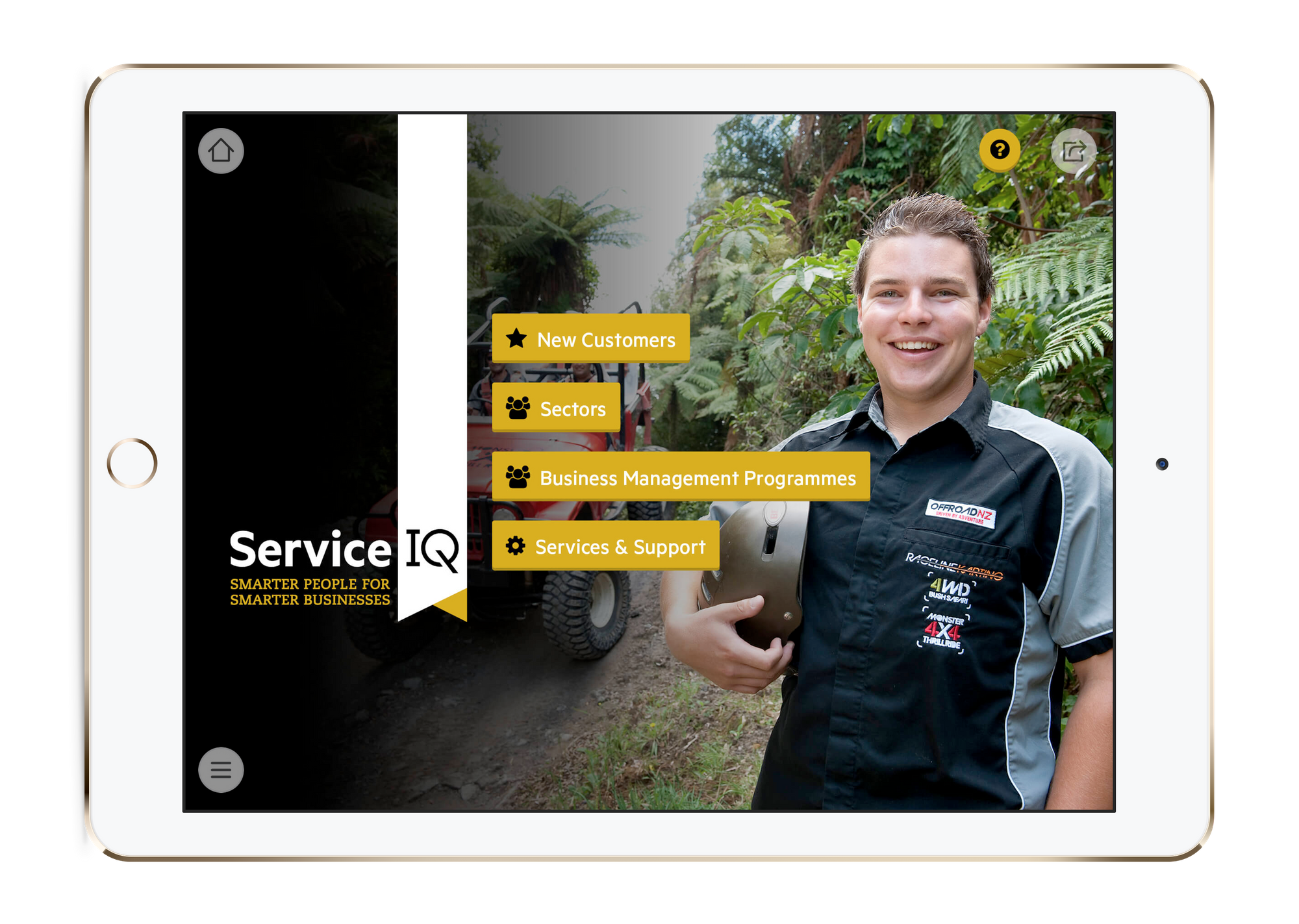
“So, it’s both sides,” Gary shares. “It’s generating interest within the businesses to upskill their staff, and generating interest with young people and people looking for a career change, in our service sectors and the opportunities available.”
Much of this job is done face-to-face. To inspire and motivate people about these programs, the ServiceIQ sales team shares not only marketing content and program information, but also the real-life training material. With so many training programs — some extremely complex — that’s a lot of content to keep track of, present, and share.
Four years ago, ServiceIQ realised that relying on printed materials and the company website was no longer an option. There had to be a better way.
Struggling to Wake from the Maintenance Nightmare
One thing ServiceIQ has no lack of is content. From product benefit sheets to class material, all the content needs to be as up-to-date as possible to make sure customers are getting the right information.
For years the ServiceIQ team relied on printed materials and the website to share this content with employers, trainees, school teachers and students.
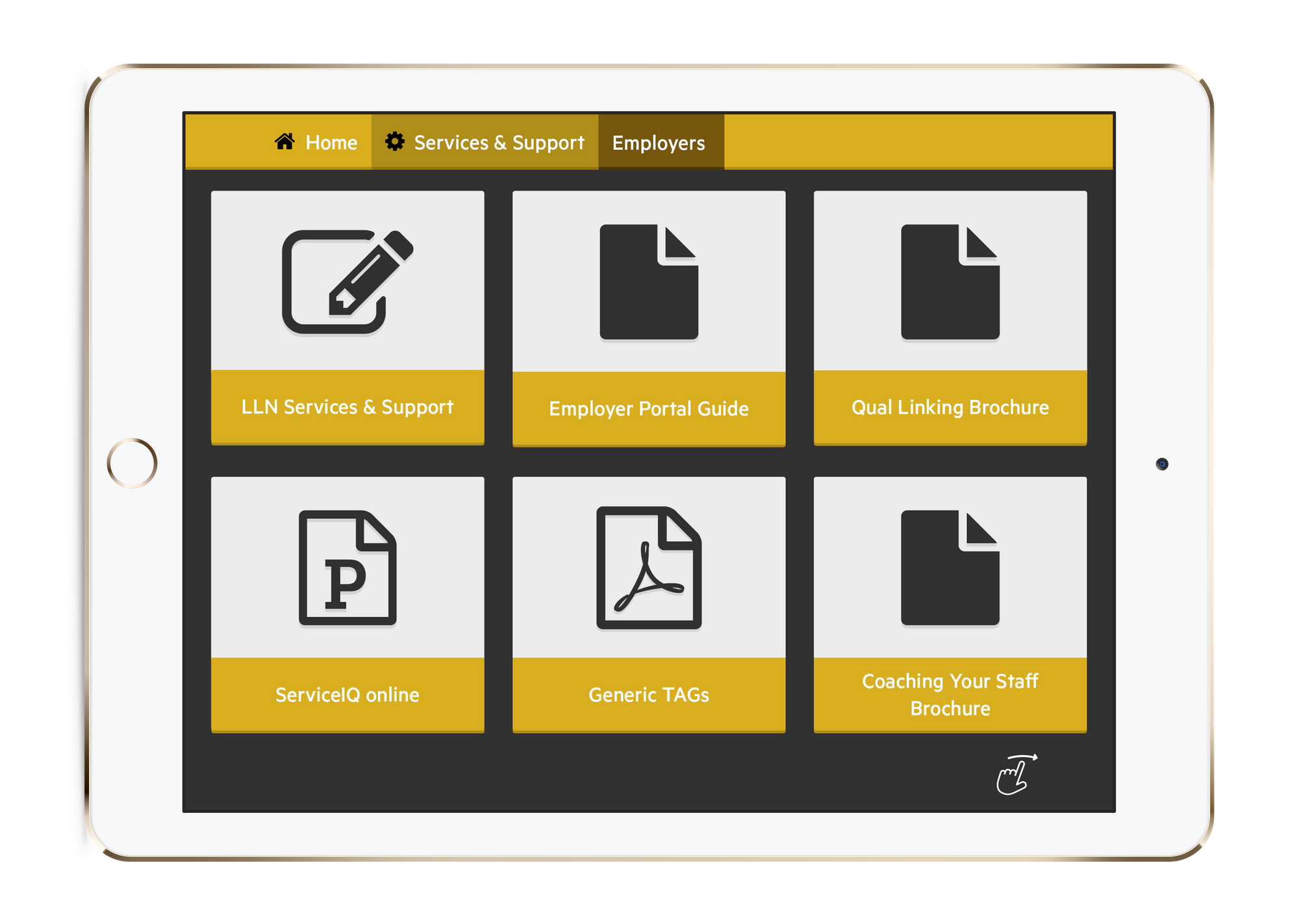
“We were spending a lot of money printing product benefit sheets,” Gary says. “Our people would go out and say, ‘Well here are the options,’ and leave them with a big stack of paper. And that got very expensive. Every time there was a change — either because there was a change to a program, or sometimes you’d find a typo, or we had to change out a photo because somebody in the photo had left — we had to do another reprint. There’s a whole bunch of printed content out there, floating around in different versions.”
Vicky agrees. “They [the sales team] took the printed resources out, and we had a huge bill because they were printing learning material and assessments and carting them around. And then they’d leave those and have to print some more.”
ServiceIQ uses NZQA unit standards to qualify their trainees within the New Zealand government certification system, and these standards are continually being updated. That means continually updating ServiceIQ content to keep it current.
But even the sales and marketing materials need to be fresh in order to have the right impact.
“Most of what we do is about storytelling,” Gary says. “It’s telling other people’s stories, the success stories that our customers have had. And then creating that content so that our team can have examples to use when talking to employers, trainees, and students.”
Much of that content resided on the website — but it was often difficult to find and share.
It Was the Wild West of Content
Gary and Vicky believed the bigger risk, though, was that the sales team didn’t know what was being updated. So they’d go out into the field with old resources that weren’t a true representation of what ServiceIQ’s current offer was. Sometimes trainees would even sign up for programs using old resources.
At one point, ServiceIQ had content on a shared drive. Sales reps would have to log into their computer to access it, which required an internet connection. “Even then,” Clinton recalls, “they would save the content to their computer in case they didn’t have internet access. And then not realise there was an update, and show [the customer] an old brochure or old price ... there were lots of different versions of files around.”
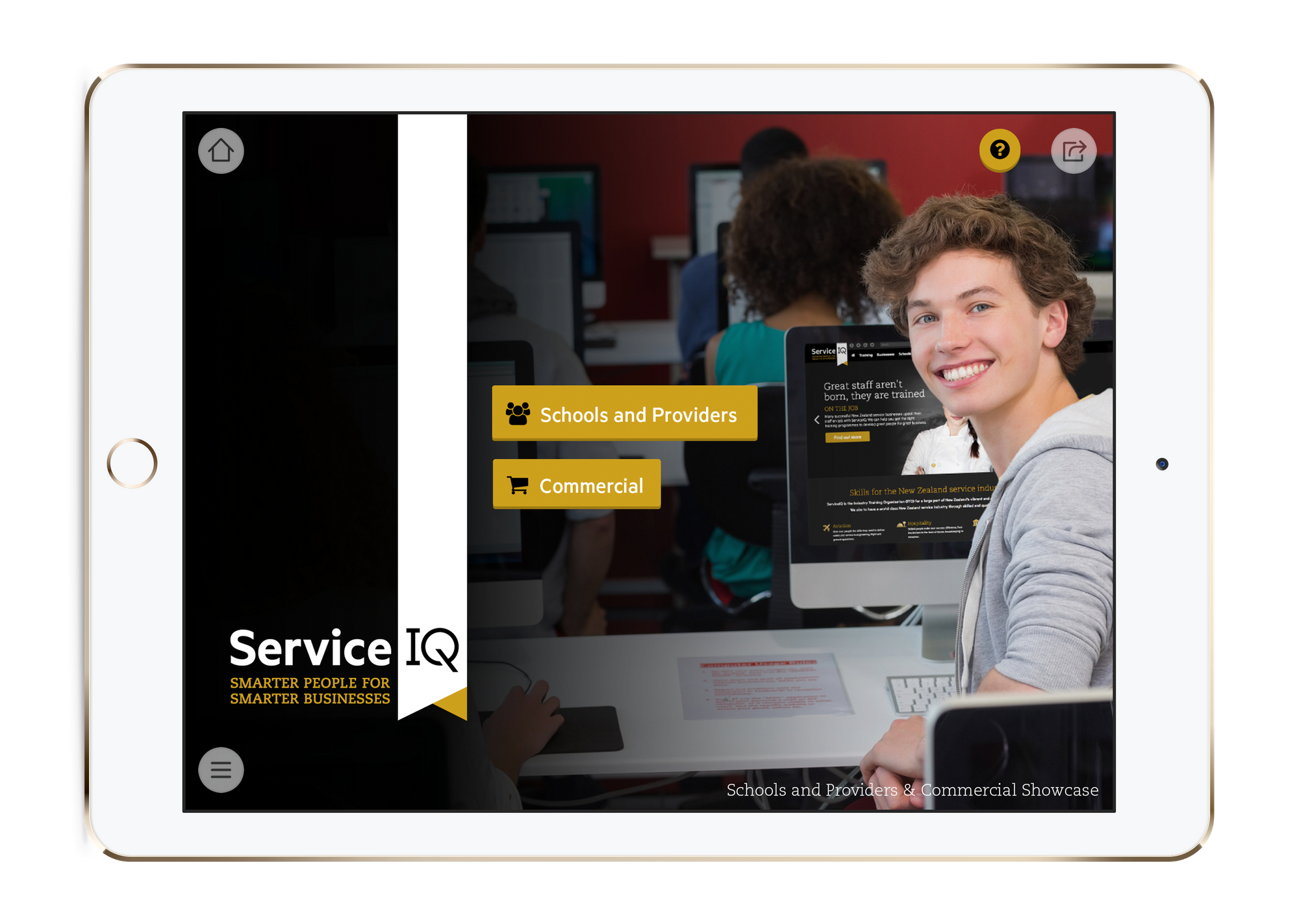
Planning to Win
Gary, Vicky, and Clinton knew they had problems with the current content management system at ServiceIQ but hadn’t considered that there might be a good alternative. So when a colleague introduced them to Showcase, they were all ears.
The team came into the Showcase Workshop office to have a face-to-face meeting, learn more about this software, and get a walk-through of the platform. They were pleasantly surprised to discover how user-friendly Showcase was.
Still, Clinton knew right away that planning was going to mean the difference between success and failure when launching Showcase within the company. “There was a lot of organising with the different teams about planning what should be on the different Showcase screens and what documents we should have on it. There was a lot of planning at the start to get it right. Digital literacy with the front-line staff is varied, so we knew we had to make sure we got the method of everything right.”
ServiceIQ has two different front-line teams, one for workplaces (industries) and one for schools. It made sense to create two separate showcases for these teams. Along the way, they also discovered that this was a great opportunity to standardise the file naming across the company. This helped them not only with the content in Showcase, but also for finding and replacing content on the website.
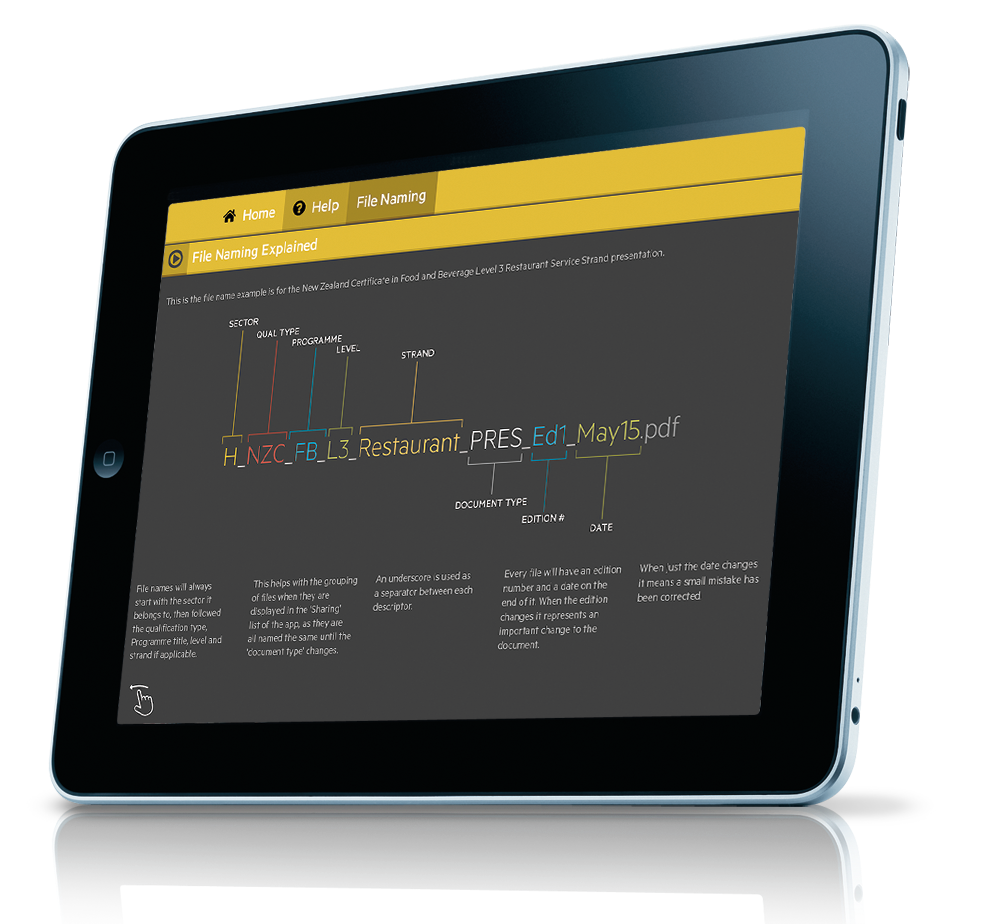
A Reasonable Roll-out That Overcame Objections and Spurred Excitement
Over four months, ServiceIQ rolled out Showcase sector by sector — starting with retail.
“Retail is one of our biggest sectors,” Gary shares. “It covers everything from big, nationwide business right through mum and pop bookstores. So if it was going to work in the retail sector, then it was probably going to work with the other sectors.”
Clinton agrees that retail was the right sector to start with, and to use as an example for the other sectors. “It was important to get those [retail] people onboard first, and to make sure it was right. So once our retail people started, they said ‘Oh, this is fantastic,’ and others said ‘Oh, I want that.’”
Now Content Maintenance Is a Breeze
Once the content planning and initial rollout were complete, the ServiceIQ team quickly saw the improvement in their maintenance efforts. With Showcase, there was just one version of the latest content. Content updates were a simple matter of replacing files. And because files were shared with end users via email links, those end users automatically got the newest version the next time they clicked those links.
“When we set up new programs, we put the whole program in Showcase along with any related marketing content and admin stuff,” Vicky says.
Gary adds, “Once a program has changed [or died], we can get rid of the electronic stuff and just replace it. With print, it stays floating around for years.”
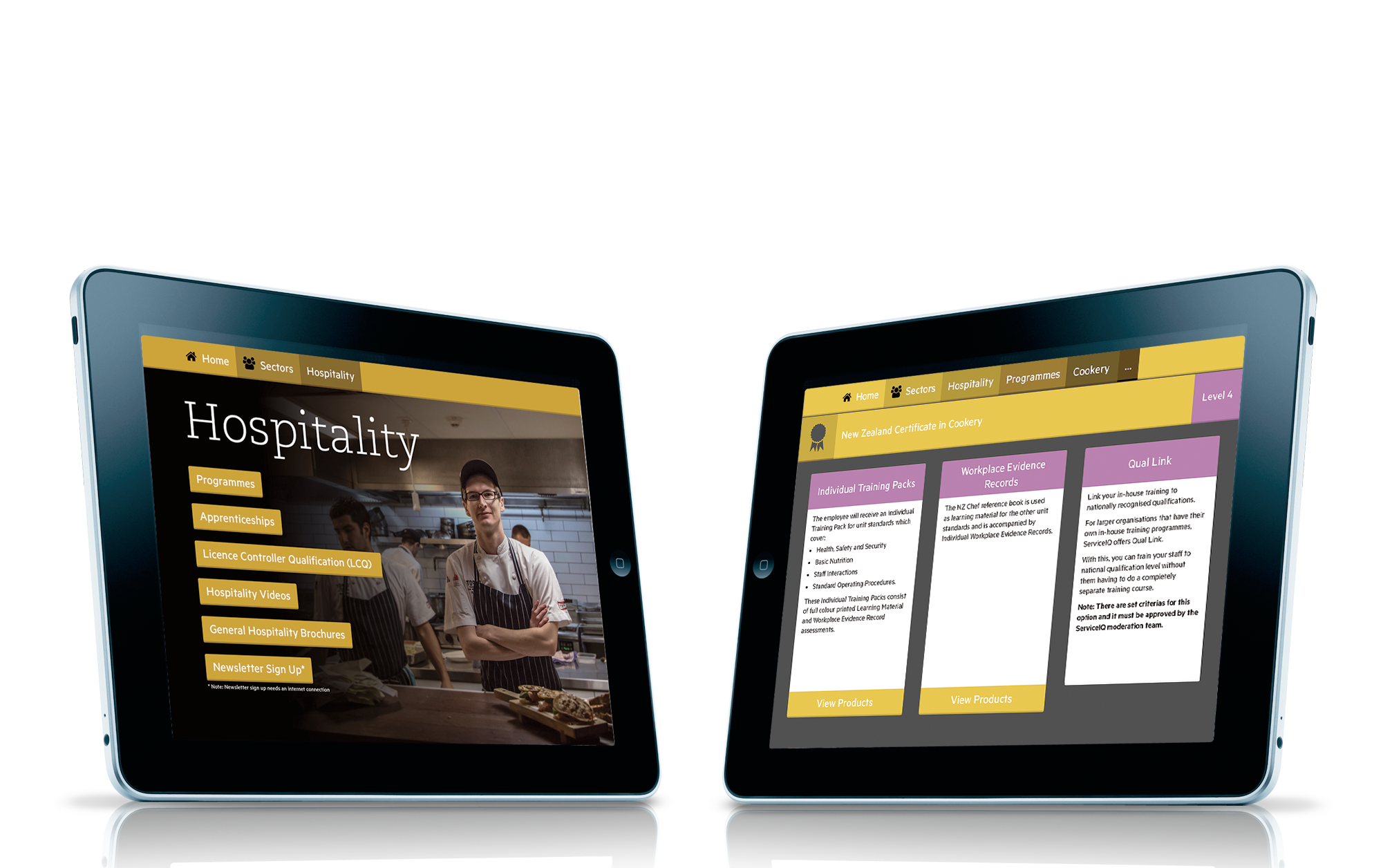
Taking Prospects on a Guided Journey
Though the ServiceIQ website had been set up to take visitors on a self-guided customer journey, it didn’t compare to the guided journey the front-line staff was now able to take customers on with Showcase.
“[On the website,] you have to either know what you’re looking for or accidentally stumble across it. Or we have to be very clever and think about how most people are going to get where they’re going,” Gary says. “With Showcase, it’s a guided journey. That made sense to us, because we had been thinking how do we get our staff to just fire up the website and use that? they can download the PDF, and then email it to [the customer]. But Showcase just made all of that so much easier.”
Now with Showcase the sales team can show employers, trainees, and students exactly the information they need in the moment. They can easily refer to resources, pull up training agreements and share product benefit sheets in the field, right from their mobile devices whether they have internet connectivity or not.
Thanks to ServiceIQ’s Content Planning, This Solution Worked Well from the Start — No Training Needed
The time Clinton and his team took to plan out the navigation and content within the individual showcases paid off. Onboarding new ServiceIQ users was a breeze. Most employees found Showcase very intuitive, and super users created themselves.
“Some [staff] took to it like a duck to water and used it quite a lot,” Gary remembers. “Then they were able to help others.”
Though initially they had a training program in place to teach ServiceIQ staff how to use Showcase, ultimately they discovered they didn’t need it.
“We did include [Showcase training] as part of people’s induction when they came onboard. But we just found that when we were running those sessions, they already knew how to use it. So we stopped doing that because it’s just so intuitive.”
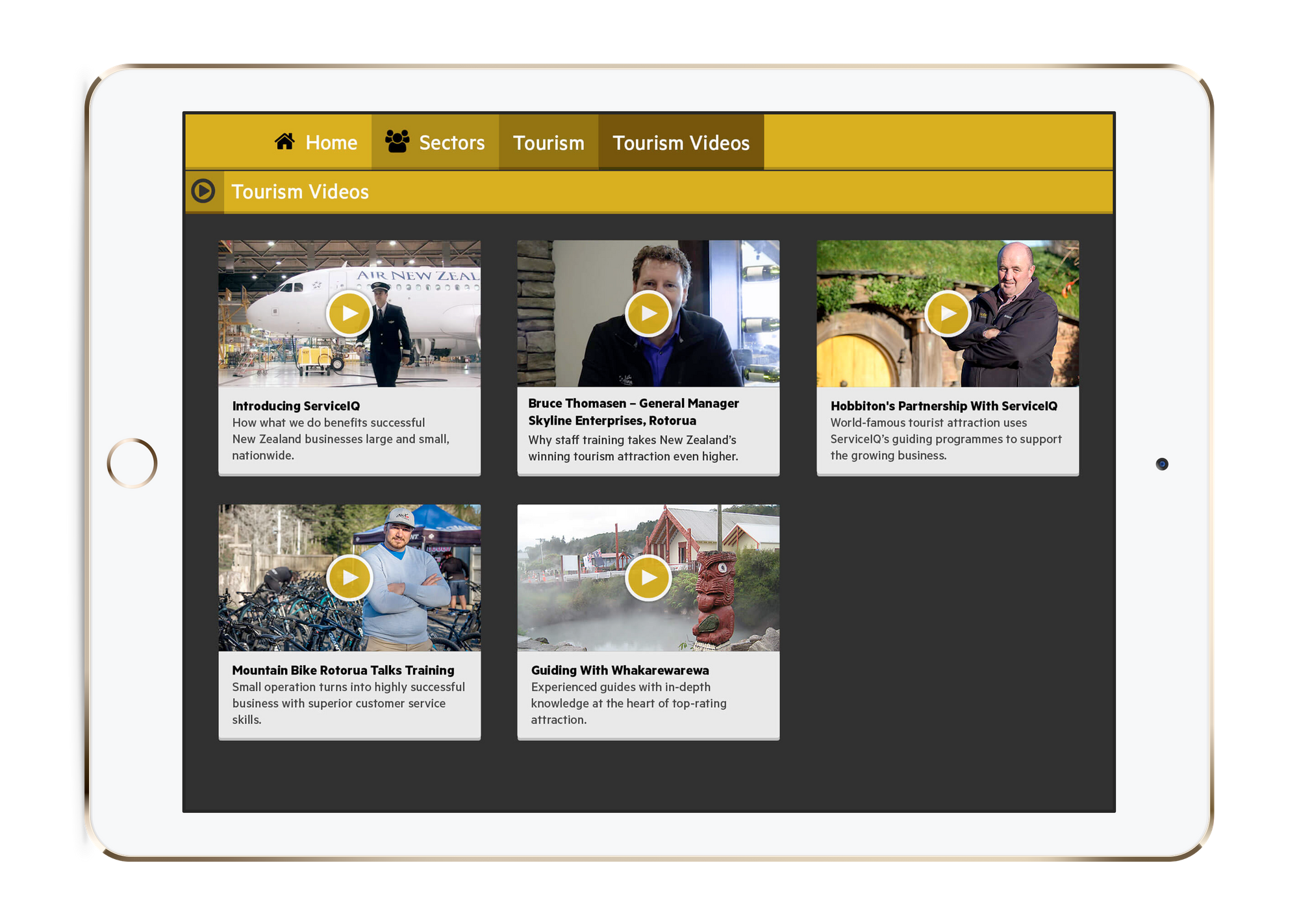
Letting the Metrics Make the Call
One of the big benefits Gary, Vicky, and Clinton saw with Showcase was their ability to track exactly how it was being used. The built-in analytics gave them clear indications of what was working, and what wasn’t.
Deciding What Content to Keep
Over time, ServiceIQ’s showcases became massive — especially the workplace showcase aimed at employers and trainees. Vicky wondered if it was time to start cleaning out unused files. It was easy to see which files were being used most often — and it was also easy to see which Showcase users were most active. Vicky found that while the front-line team was the main group of users, some of them were using Showcase more than others.
Before she made any changes to the content, Vicky reached out to these more-active users for feedback. “I asked them if I could cut down on some of the resources that I put up there, because if we have a program, I put everything up [on Showcase]. But they said no, they need the whole suite there because they didn’t know what they were going to need [for each conversation].”
One of the biggest benefits the ServiceIQ team was experiencing with Showcase was having everything they need at their fingertips — so Vicky understood the pushback she got. With all that content so easily accessible, the front-line team avoided the dreaded “Let me follow up with you on that later” conversation with prospects. They could answer questions and share resources instantly.
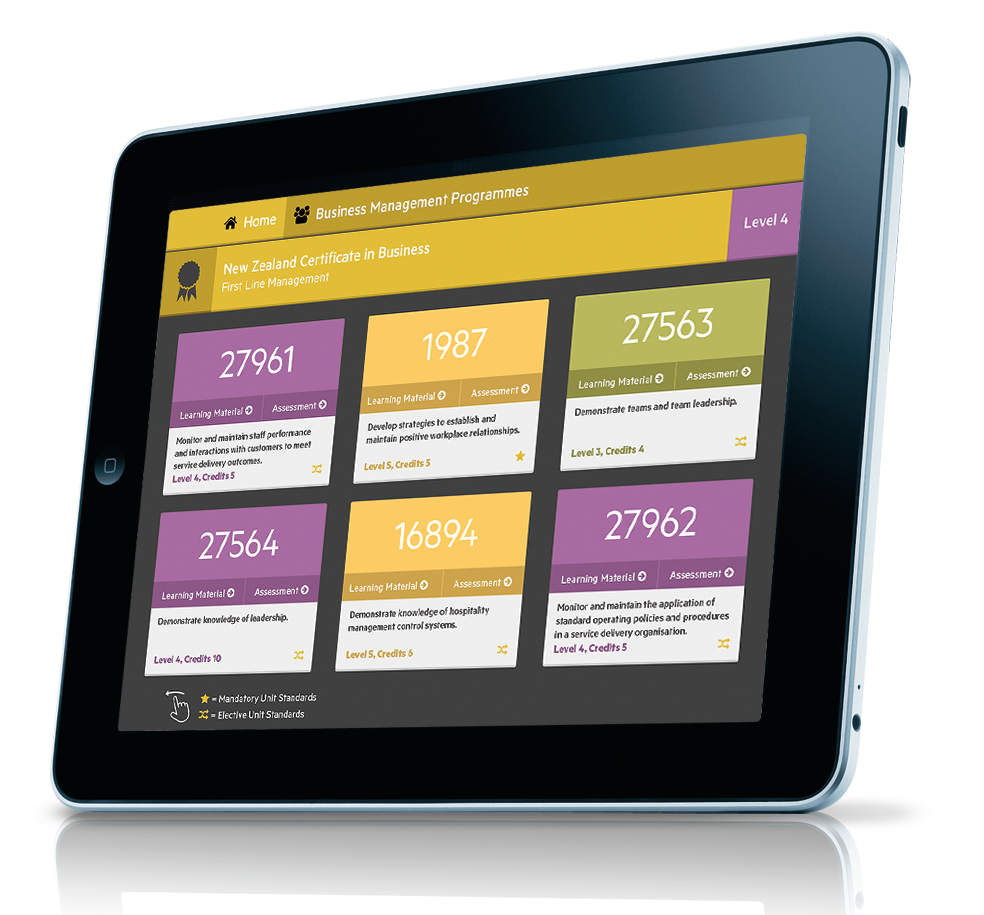
Now Following up Means Continuing the Conversation
As ServiceIQ’s front-line sales team used their showcases in the field, Gary was able to see that some of the staff were using the tracking and analytics features in the follow-up process. These staff members were paying attention to when customers opened shared files, and using that as a prompt to continue the conversation.
“Some people do that really, really well to use that feature as part of developing a relationship with the customer or potential customer. It’s a good feature to be able to see what’s being used, and what isn’t, and who’s using it,” he shared.
"In the days of paper, it was like ‘Oh, they’re busy, so I left it with them.’ And if you drop a brochure off, it’s like who was that from? But if you’ve got a reason and a way to share something that comes as an email, and then you can click and see that they’ve done something with it, or they haven’t. Both ways, you can follow it up.”
The Results: Simpler Story-Selling and Measurable Cost Savings
In the four years since ServiceIQ has been using Showcase, the structure of their showcases hasn’t changed much. Gary, Vicky, and Clinton really feel like they got it right, right from the start.
They were also pleasantly surprised to find that Showcase was just as valuable in the office as it was in the field. “It’s much better than PowerPoint,” Gary says, “because you can jump around so much easier and really tell the story. And if you’re not face-to-face, you can still share bits of it quite easily. And share the documents that matter.”
Showcase has had a huge impact on ServiceIQ’s ability to sell training programs and educate students on career possibilities within the service sector. But the impact doesn’t stop there.
“I think we’ve saved probably about 60, maybe 70% [on the print budget],” Gary shares. “I don’t know the overall organisational cost, but from just the marketing stuff that we were doing, Showcase has paid for itself at least twice.”
“And the customer support has been amazing,” Clinton adds.
Speaking for the Showcase Workshop team, it’s been exciting to watch how ServiceIQ has used our software to make a difference here in New Zealand. Of course, we’re glad we could help the company save some money — but the impact they’re making on the lives of individuals in service industries is especially inspiring.

If you'd like to learn more, book a free demo with our customer success team or take Showcase for a spin on your own time with a 14 Day Free trial.